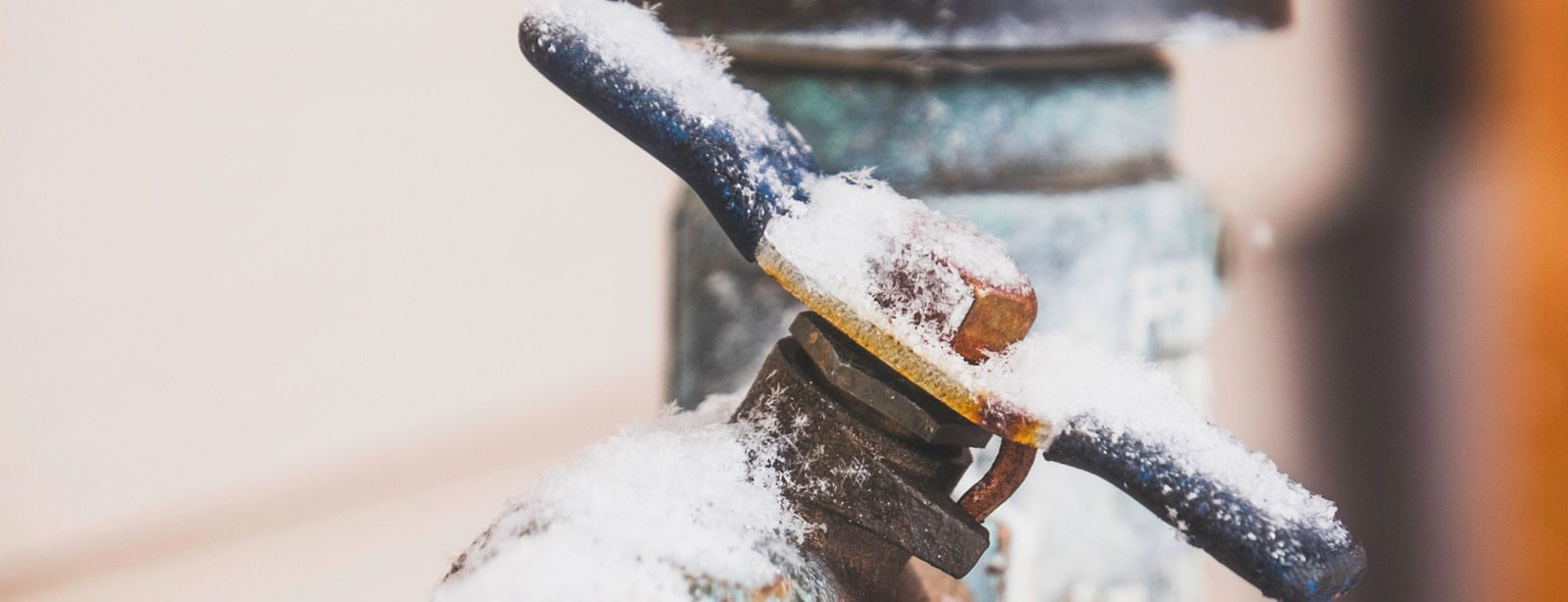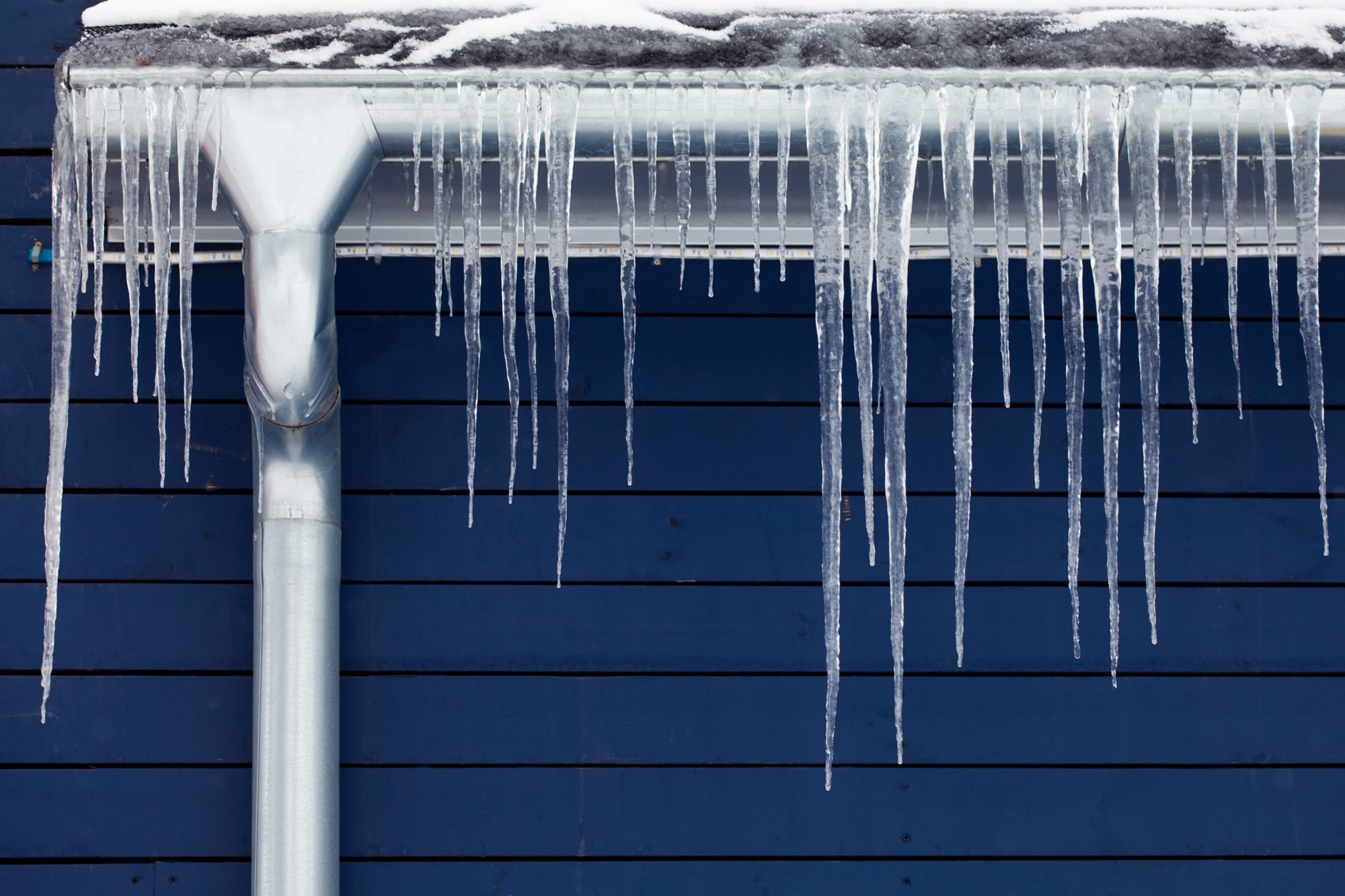Avoiding Frozen Plumbing in Winter: Expert Tips
Avoiding Frozen Plumbing in Winter: Expert Tips
Blog Article
Just about every person is bound to have his or her own rationale about How to Prevent Your Pipes From Freezing.

Cold weather can damage your pipes, especially by freezing pipelines. Here's how to stop it from occurring and what to do if it does.
Intro
As temperatures decline, the danger of icy pipelines boosts, possibly causing costly repair services and water damage. Recognizing how to avoid icy pipes is vital for home owners in cold environments.
Recognizing Icy Pipes
What triggers pipes to ice up?
Pipelines ice up when exposed to temperatures below 32 ° F (0 ° C) for prolonged periods. As water inside the pipes freezes, it broadens, putting pressure on the pipe walls and potentially triggering them to burst.
Risks and problems
Icy pipelines can cause water interruptions, home damages, and expensive repairs. Ruptured pipelines can flood homes and cause extensive structural damages.
Indications of Frozen Pipeline
Identifying frozen pipelines early can stop them from rupturing.
Just how to determine icy pipes
Seek reduced water circulation from taps, unusual odors or sounds from pipes, and noticeable frost on subjected pipes.
Prevention Tips
Shielding susceptible pipelines
Cover pipes in insulation sleeves or make use of warmth tape to safeguard them from freezing temperatures. Concentrate on pipelines in unheated or outside locations of the home.
Heating methods
Keep indoor spaces sufficiently warmed, especially areas with plumbing. Open cabinet doors to allow cozy air to flow around pipelines under sinks.
Securing Outside Plumbing
Garden hoses and outside faucets
Separate and drain yard pipes prior to winter season. Set up frost-proof spigots or cover outdoor taps with protected caps.
What to Do If Your Pipes Freeze
Immediate actions to take
If you think frozen pipes, keep faucets available to eliminate pressure as the ice melts. Use a hairdryer or towels taken in hot water to thaw pipes gradually.
Long-Term Solutions
Structural changes
Think about rerouting pipes far from outside wall surfaces or unheated areas. Add extra insulation to attics, basements, and crawl spaces.
Updating insulation
Purchase high-quality insulation for pipes, attic rooms, and wall surfaces. Proper insulation helps maintain regular temperature levels and decreases the danger of frozen pipes.
Verdict
Preventing frozen pipes calls for aggressive procedures and fast actions. By comprehending the reasons, indicators, and safety nets, house owners can safeguard their pipes during winter.
5 Ways to Prevent Frozen Pipes
Drain Outdoor Faucets and Disconnect Hoses
First, close the shut-off valve that controls the flow of water in the pipe to your outdoor faucet. Then, head outside to disconnect and drain your hose and open the outdoor faucet to allow the water to completely drain out of the line. Turn off the faucet when done. Finally, head back to the shut-off valve and drain the remaining water inside the pipe into a bucket or container. Additionally, if you have a home irrigation system, you should consider hiring an expert to clear the system of water each year.
Insulate Pipes
One of the best and most cost-effective methods for preventing frozen water pipes is to wrap your pipes with insulation. This is especially important for areas in your home that aren’t exposed to heat, such as an attic. We suggest using foam sleeves, which can typically be found at your local hardware store.
Keep Heat Running at 65
Your pipes are located inside your walls, and the temperature there is much colder than the rest of the house. To prevent your pipes from freezing, The Insurance Information Institute suggests that you keep your home heated to at least 65 degrees, even when traveling. You may want to invest in smart devices that can keep an eye on the temperature in your home while you’re away.
Leave Water Dripping
Moving water — even a small trickle — can prevent ice from forming inside your pipes. When freezing temps are imminent, start a drip of water from all faucets that serve exposed pipes. Leaving a few faucets running will also help relieve pressure inside the pipes and help prevent a rupture if the water inside freezes.
Open Cupboard Doors
Warm your kitchen and bathroom pipes by opening cupboards and vanities. You should also leave your interior doors ajar to help warm air circulate evenly throughout your home.

I'm very excited about 6 Ways to Prevent Frozen Pipes and I'm hoping you appreciated the entire blog posting. Do you know about another person who is inquisitive about the niche? Why not promote it. Thanks a lot for your time spent reading it.
Book Now! Report this page